Case 1: Bernard Tschumi, Le Fresnoy – National Studio for Contemporary Arts, 1991-1998
Aestheticsin the Adaptive Reuse of Le Fresnoy
The stark contrast between old and new creates a sense of visual tension, which is also an aesthetic perception. The richness of materials in terms of concrete, wood of the existing buildings and in the same complex, of corrugated steel façade and curtain wall facades, coexisting with each other, create “a new architectural and functional vocabulary” that gives a “contemporary and transparent image.” the fact that there is a vast array of materials that adds to the vocabulary in terms of quantity, age, and properties. Below is a quotation which best explains this situation:
“To achieve architecture without resorting to design is an ambition often in the minds of those who go through the incredible effort of putting together buildings”
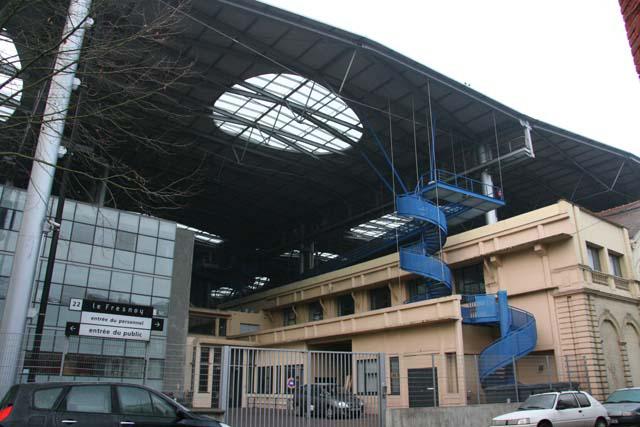
While the Fresnoy is an example of a factory workers’ social complex, being transformed into a Post-graduate school for film and visual arts, the next case study is wof a totally different hue.
Case 2: Gasometer, Vienna.
Aesthetics in the adaptive reuse of Gasometer, Vienna
Vienna’s history shows that monuments are not sacrosanct buildings but vital elements of a dynamic city. Although from the point of view of monumental protection the historical Gasometers were considered not particularly worthy of preservation, taking into account they were a symbol for the development of the City of Vienna’s infrastructure, they had to be preserved. For originally the historical Gasometers were tanks for Vienna’s gas supply. They were emptied soon after their shut-down leaving the built shell behind that is only a camouflage of the actual monument, namely of the functional building.
The reuse of the gasometers, with no particular intention of conservation in the historical aspect, but as a documentation of the development that Vienna went through, is a depiction of aesthetics in a more historical manner, stating through its presence that it is an important asset to the city of Vienna.
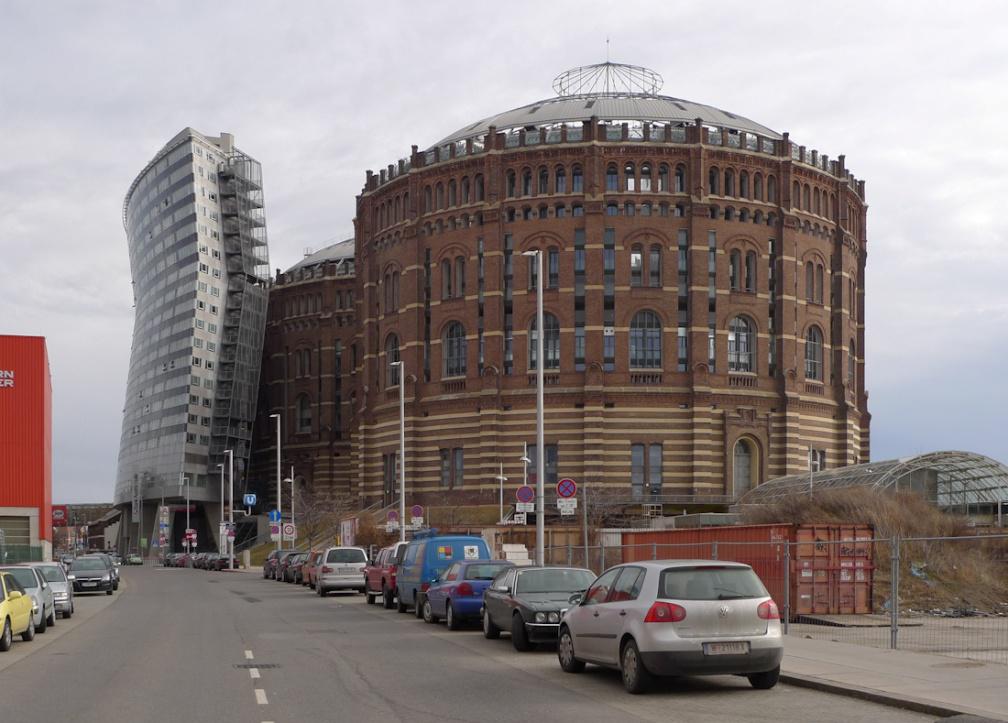
The adaptive reuse of the gasometers into a mixed use development is totally a contrast when compared to the Zollverein, where the closed down coal refinery was dusted and remade into a complex public center. Both have the similarities of adaptive reuse at masterplan level and individual buildings designated to different architects.
Case 3 : The Zollverein Coal Mine Industrial Complex
Aesthetics of adaptive reuse of Zollverein
An interpretation from Fergusson “Visitors can now enter the building like the coal before them, trickling down through the floors under the force of gravity and soaking up experience along the way” puts forward the experiential aesthetics that was intended of the project.
Although the intentional segregation of old and new programs was done, and the reason stated was neither would lose its identity, there is still a visual competition between the two, and sometimes, one would even give the domination credit to the new addition.
The existing building stays for what it was, what it is, and what it will be. Its grandeur cannot be marred. However, the additions also seek equal attraction and do not remain hidden among the rest, which is intentional of the architect to establish his presence in the intervention.
In adaptive reuse, generally it is industrial buildings which suit most for remodeling and revamping into new uses. The Tate modern is also an industrial building converted into a similar function, that of a museum. However, the difference here is in the manner in which the reuse has been done.
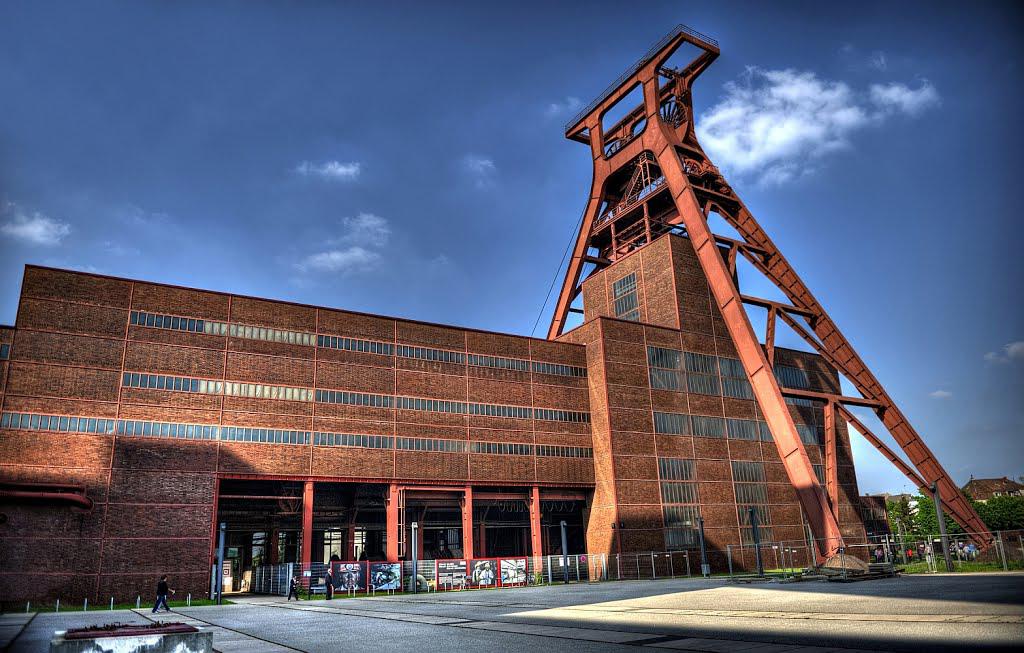
Case 4 : The Tate Modern museum
Aesthetics of adaptive reuse of Tate Modern
Sensual aesthetics
Herzog and de Meuron’s approach to Tate Modern embodies an understanding of human experience that is contradictory, uncertain, strange and many-shaded. It includes the knowledge that things are not always what they seem, the possibility or rather certainty of imperfection, the co-existence of shadows and light, the intertwined relationship of hope and pessimism. Tate, after presenting itself
as something ordinary, reveals itself to be strange and beautiful. If it looks at first like a massive pile of bricks, the two-storey glass light beam on its roof and cutaways in its elevation make it fragile. It looks relentlessly symmetrical,but isn’t. The architecture of Tate Modern achieves to reconnect image and substance in an inevitably paradoxical relationship, which engages us with our surroundings in far less simplistic ways than those to which we are accustomed.

Minimalistic aesthetics
The minimalistic intervention was what got the project for Herzog and de Meuron, because they proposed the least drastic changes to the fabric of Bankside itself. This means that the original building will still be recognized and the new proposals will also be Appreciated. The extreme simplicity of their approach allows both artworks and the power station’s impressive form to speak for themselves.
Compositional aesthetics
Through the supplementary juxtaposition of old and new, without creating any conflict between materials and their age, yet maintaining the pride and uniqueness of each of them, Tate assumes a “Compositional aesthetics” in a very subtle manner.
Various facets that aesthetics plays
It is evident from the case studies that, whatever be the original use or the new use of the building, the manifestations of aesthetics are diverse. To sum up, these are:
Visual aesthetics
Material aesthetics
Historical aesthetics
Experiential aesthetics
Sensual aesthetics
Minimalistic aesthetics
Compositional aesthetics
However, logically speaking, these may seem to overlap with one another or dissolve within another. Each manifestation listed is a specific tag to specific project.
The visual aesthetics is that which is perceived by looking, while it can also relate to material aesthetics. However the difference lies in the tactile / haptile qualities of the material, and hence the tactile aesthetics is another aspect to it. Compositional aesthetics is also a visual perception, seemingly evident, but with a mild difference.Similarly the perception could be associated with torching out a minimalistic aesthetics. It is impossible to draw a clear line between these very many manifestations, and a single project can still have multiple aesthetic manifestations. What is evident however, in the analysis of these case studies is the varied manifestations of aesthetics, and hence their richness and importance.
Relevance
The aesthetic is uniquely human. As aesthetics is a body of knowledge that is perceived with the senses, it could be of several manifestations, through visual, experiential, sensual, physical etc.,
In adaptive reuse projects, it can be interpreted in a way that the contrast, competition, harmony, amalgamation, assimilation between the old and the new, each one is a form of aesthetics in itself.
It is generally not a conscious decision of sensing an adaptive reuse project, and it does not need to be either; that is the beauty of adaptive reuse. Just as you go near a flower,without your knowledge you smell it and start analyzing the smell, whether it is good or not. Aesthetics, in an adaptive reuse project, is also similar to that.
Had each user understood this consciously from within, there would not have been any abandoned buildings today, but even now, this consciousness may have a possibility to create a change in the mindset of people to suggest and fight for adaptive reuse instead of demolition of our rich heritage.
Related Articles
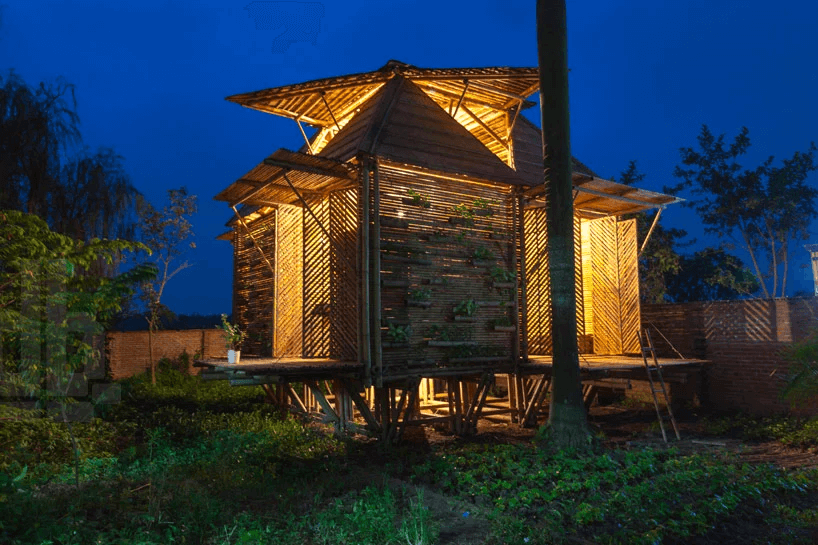
Tropical Architecture Series – Blog 1
Human life as we know it was created 200,000 years ago. Despite being vulnerable, we humans have conquered swathes of territory, like no other species before us. After 180,000 years of nomadic living, thanks to a more clement climate, humans settled down in...
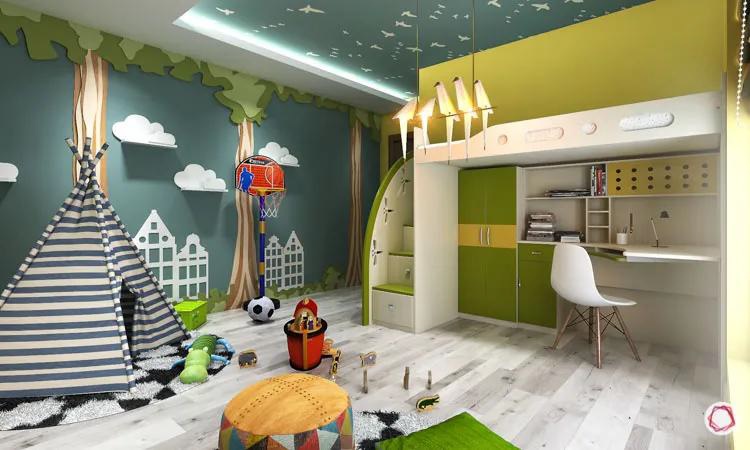
Divvying Living spaces : How the Pandemic Re-Shuffled Our Homes
by Ramya Shree K.K.Without a doubt, the COVID-19 pandemic has changed how we live. With most people around the world spending significantly more time in their homes than ever before, people are devoting more time and energy into finding more uses for their living...

Does everyone need an architect?
There is a myth that an architect will work for people with more land and will charge an exquisite amount of money in designing them. Few architects of old generations sometimes design for people with more than a particular level area. Nowadays, all architects...
